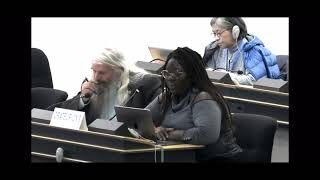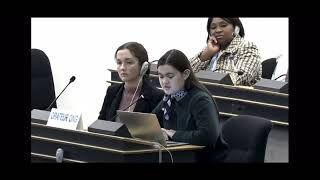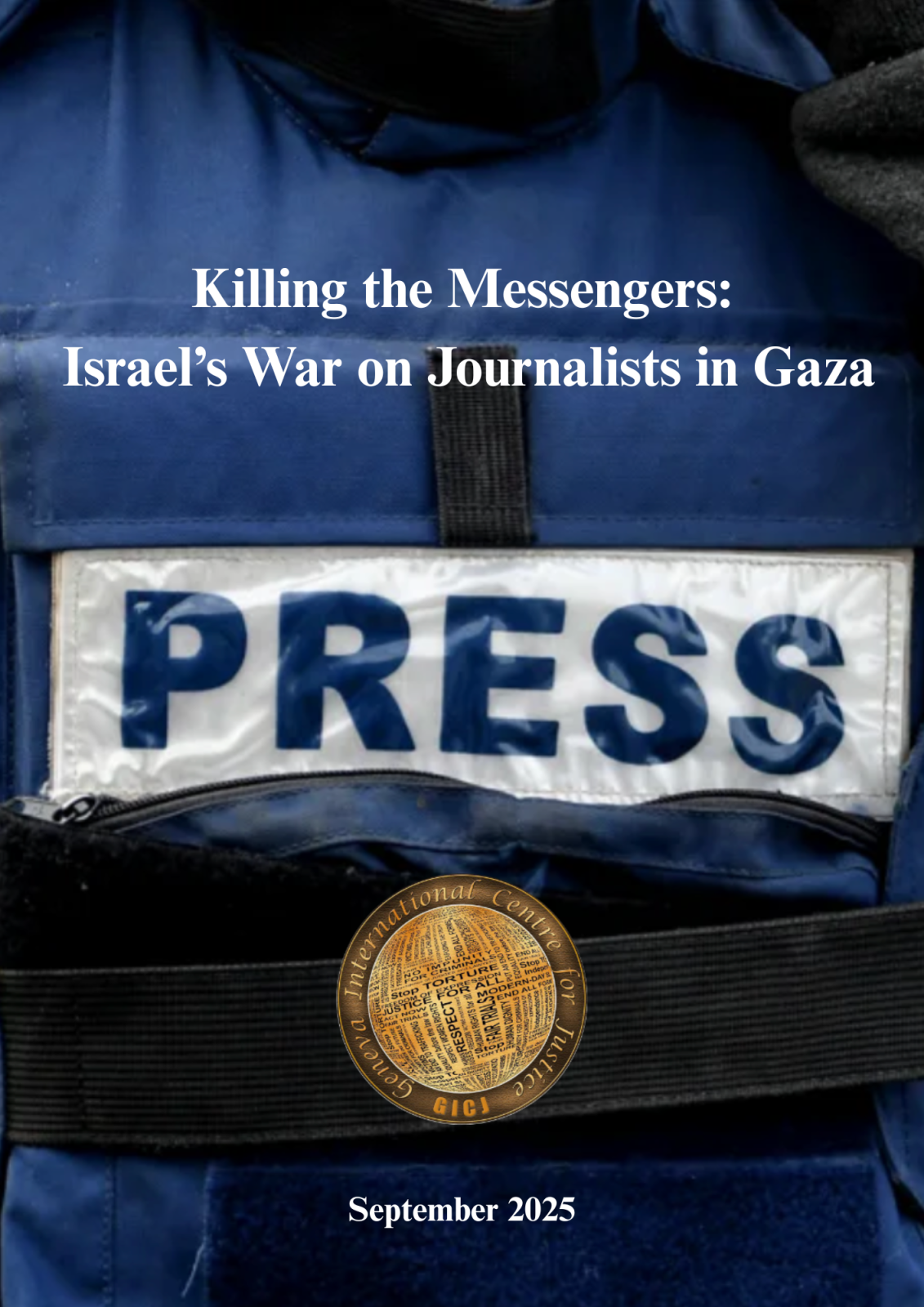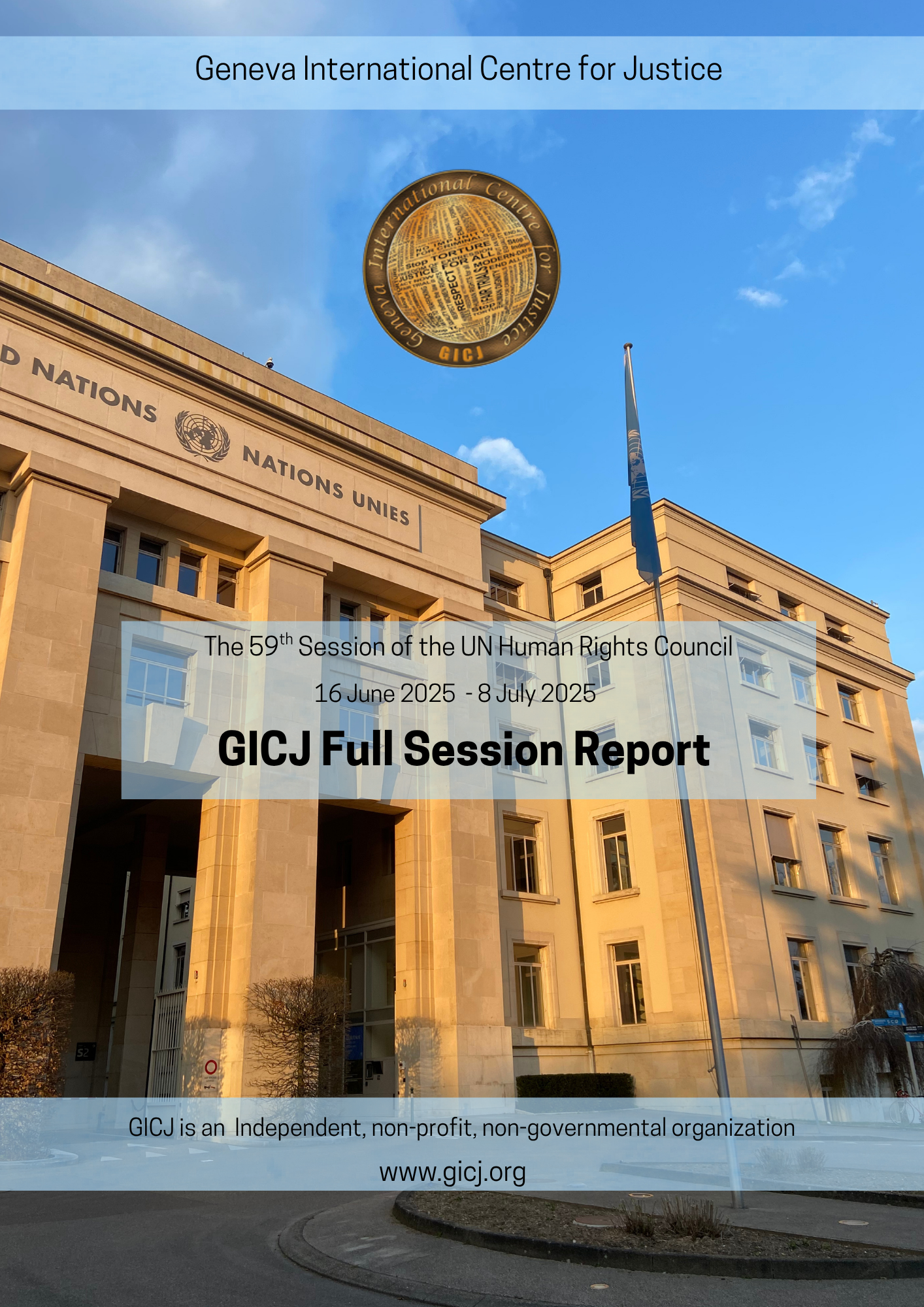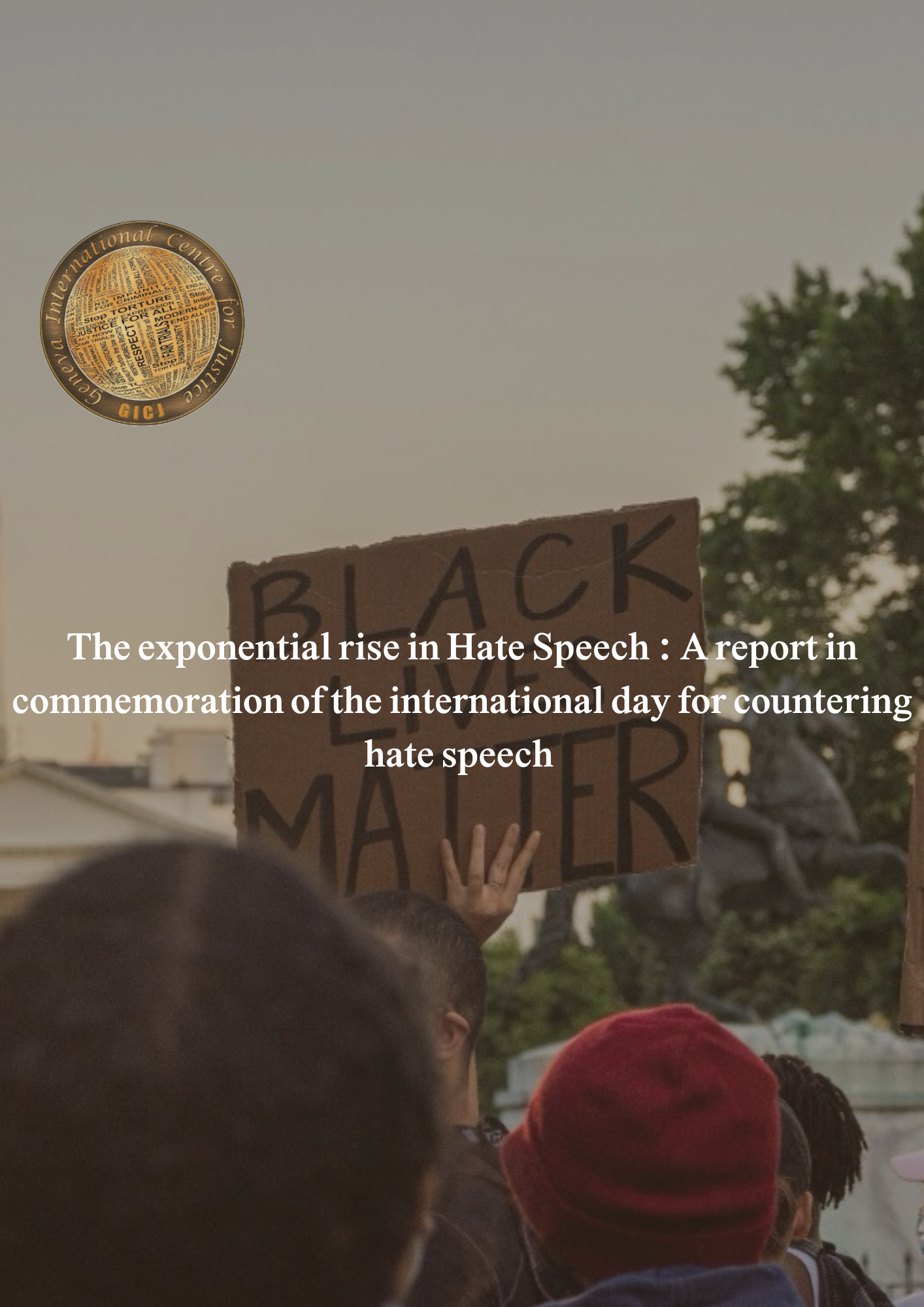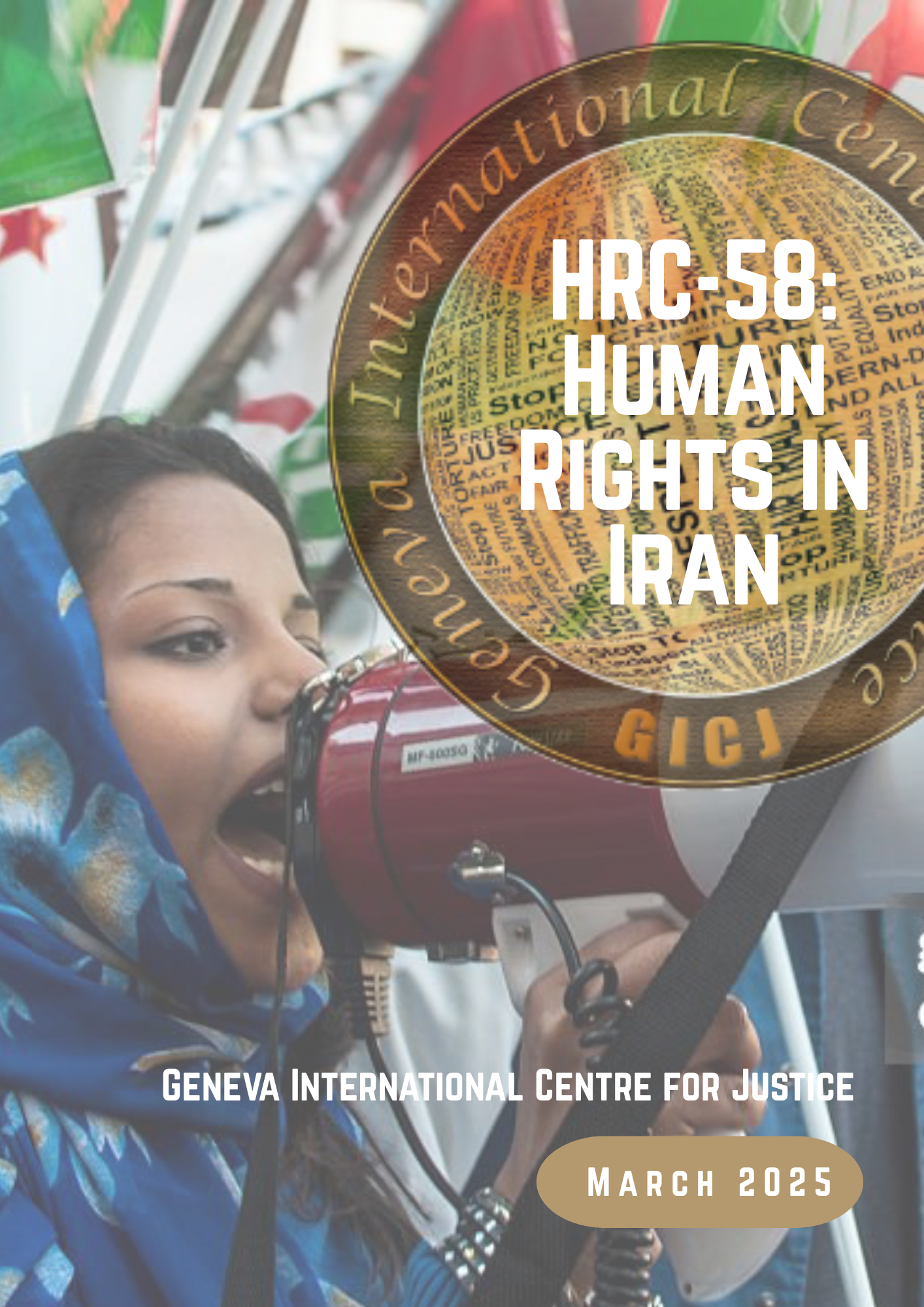By Aimara Pujadas / GICJ
The events of December 24 2021 in Myanmar have rekindled debate and attention in the situation of children in the context of armed conflict. Thirty-five people were killed in this incident, including four children and two “Save the Children” staff.
 The events prompted international calls for improved efforts to ensure that the rights and wellbeing of children are not neglected by the parties in conflict, anywhere in the world. This includes not only protecting them from death or maiming, but also from forced recruitment, unlawful detention, sexual violence, abduction, attacks directed against hospitals and schools (protected places that usually have a significant presence of children), as well as denial of humanitarian assistance. “Children are suffering, and children are dying because of this callousness. Every effort should be made to keep these children safe from harm”, these were the words of Henrietta Fore, UNICEF Executive Director, when referring to the devastating effects of conflicts and the high vulnerability of children on those contexts.
The events prompted international calls for improved efforts to ensure that the rights and wellbeing of children are not neglected by the parties in conflict, anywhere in the world. This includes not only protecting them from death or maiming, but also from forced recruitment, unlawful detention, sexual violence, abduction, attacks directed against hospitals and schools (protected places that usually have a significant presence of children), as well as denial of humanitarian assistance. “Children are suffering, and children are dying because of this callousness. Every effort should be made to keep these children safe from harm”, these were the words of Henrietta Fore, UNICEF Executive Director, when referring to the devastating effects of conflicts and the high vulnerability of children on those contexts.
How does International Law protect children in armed conflict?
The United Nations' 1989 Convention on the Rights of the Child, or CRC, is the first legally binding international instrument to incorporate the full range of human rights—civil, cultural, economic, political and social rights that must be realized for children to develop to their full potential. It is the most widely ratified human rights treaty with 196 ratifications, with the United States being the only State pending ratification.
The CRC is based on four core principles, namely the principle of non-discrimination, the best interests of the child, the right to life, survival and development, and considering the views of the child in decisions which affect them (according to their age and maturity). Additionally, in 2000, the UN General Assembly adopted the Optional Protocol to the Convention on the Rights of the Child on the involvement of children in armed conflict to protect children from recruitment and use in hostilities.
This document enshrines the commitment that children under the age of 18 will not be recruited to send them to the battlefield or conscripted as soldiers. It also declares that States should take all possible measures to prevent such recruitment –including legislation to prohibit and criminalize the recruitment of children under 18 and involve them in hostilities, and even refers to the demobilization of anyone under 18 conscripted or used in hostilities, and the provision of physical, psychological recovery services and of help to facilitate their social reintegration.
The protection and well-being of children in times of conflict has come to occupy an important place in the political agenda of the international community. There is a considerable body of norms and standards, contained principally in international humanitarian and human rights law, that serve as a normative framework for the protection of children: the Geneva Conventions (1949), and the two Additional Protocols (1977), the International Labour Office (ILO) Convention 182 on the Elimination of the Worst Forms of Child Labour (1999), the Rome Statute of the International Criminal Court (2002), and a number of Security Council resolutions adopted mainly from 1999 onwards.
Particularly, international tribunals such as the above mentioned International Criminal Court, the Yugoslavia and Rwanda Ad Hoc Tribunals, and the Special Court for Sierra Leone, have significantly raised the profile of children's rights worldwide, with huge legal and judiciary contributions. For example, an important judicial affirmation took place in 2004, when the Special Court for Sierra Leone (SCSL) ruled in the Hinga Norman case that the recruitment and use of children in armed conflict is a war crime under customary international law.
Regarding the deliberate targeting of children, civilians and protected persons in general, the Security Council and the General Assembly have unambiguously passed resolutions condemning it. In 2009, through resolution 1882, the Security Council added patterns of killing or maiming of children in contravention of applicable international law as an additional trigger for the listing of parties to conflict in the Secretary-General’s Annual Report on Children and Armed Conflict.
The harsh reality of children in armed conflict
Despite the consolidated body of public international law on children’s rights and armed conflict, they continue to be systematically violated. Children are killed and maimed in places where they expect to be safe, such as in their homes, schools and hospitals. There is an evident disregard for international humanitarian law. Schools are being attacked or converted into military bases, hence becoming subject to attacks. Moreover, children are experiencing the blocking of food and medical supplies, which leads to many cases of death because of preventable starvation and disease.
Children continue to be recruited, forcefully or not, to join armed forces and irregular groups. Some are abducted and beaten into submission, but others join military groups to escape poverty, to defend their communities, or even out of a feeling of revenge. Certainly, the lack of opportunities and a decent livelihood beyond armed conflict, makes joining the military a very appealing option for many children in conflict zones who long for a sense of security and belonging to a group.
As part of armed groups, children may take a direct part in combat, but their roles are not limited to fighting. They often carry out supporting duties that also entail great risk and hardship: from spying, to being messengers, sex slaves, and suicidal bombers, among other acts.
Girls who are recruited and used by armed forces and groups have vulnerabilities unique to their gender, and therefore are subject to very specific consequences including, but not limited to, rape and sexual violence, pregnancy and pregnancy-related complications, stigma and rejection by families and communities.
According to UNICEF´s data, the first three months of 2021 saw an alarming rise on the number of verified cases of abduction and sexual violence. They continued to rise drastically – by more than 50 and 10 per cent, respectively. The countries most affected were: Somalia, followed by the Democratic Republic of the Congo (DRC) and the countries of the Lake Chad Basin (Chad, Nigeria, Cameroon and Niger). Moreover, confirmed cases of sexual violence were highest in the DRC, Somalia and the Central African Republic (CAR).
Afghanistan, has the highest number of verified child casualties since 2005, with more than 28,500 incidents, representing 27 per cent of all verified child casualties globally. Last October, UNICEF highlighted that 10,000 children had been killed or maimed in Yemen since the fighting escalated in March 2015 – the equivalent of four youngsters every day.
International human rights law stresses the paramount importance of the “right to life, liberty and security of a person.” States have a responsibility to ensure these rights are respected, protected and fulfilled. As previously stated, the CRC recognizes “that every child has an inherent right to life” and State parties must ensure to the “maximum extent possible the survival and development of the child.”
GICJ´s position
Conflict aside, the safety and wellbeing of children should be unconditionally guaranteed and punishment must come to anybody and everybody that puts their innocent lives at risk. Government institutions must work in concert with International humanitarian institutions to curb the incidence of violations of children’s rights in the context of armed conflict. States involved in conflicts must ensure a special and individualized assessment of the rights of a child caught up in a conflict or crises as opposed to the generality of rights conferred to all children.
Concerning humanitarian assistance, Geneva International Centre for Justice (GICJ) considers its intentional deprivation to be unlawful, as it violates the obligation to provide care and aid to children, jeopardizing their lives and their chances to survive. More action and awareness is needed, from all actors, to protect the lives of thousands of children who lay today on the brink of psychological damage, physical trauma and even preventable death.
Justice, Human Rights, Geneva, geneva4justice, GICJ, Geneva International Centre For Justice




